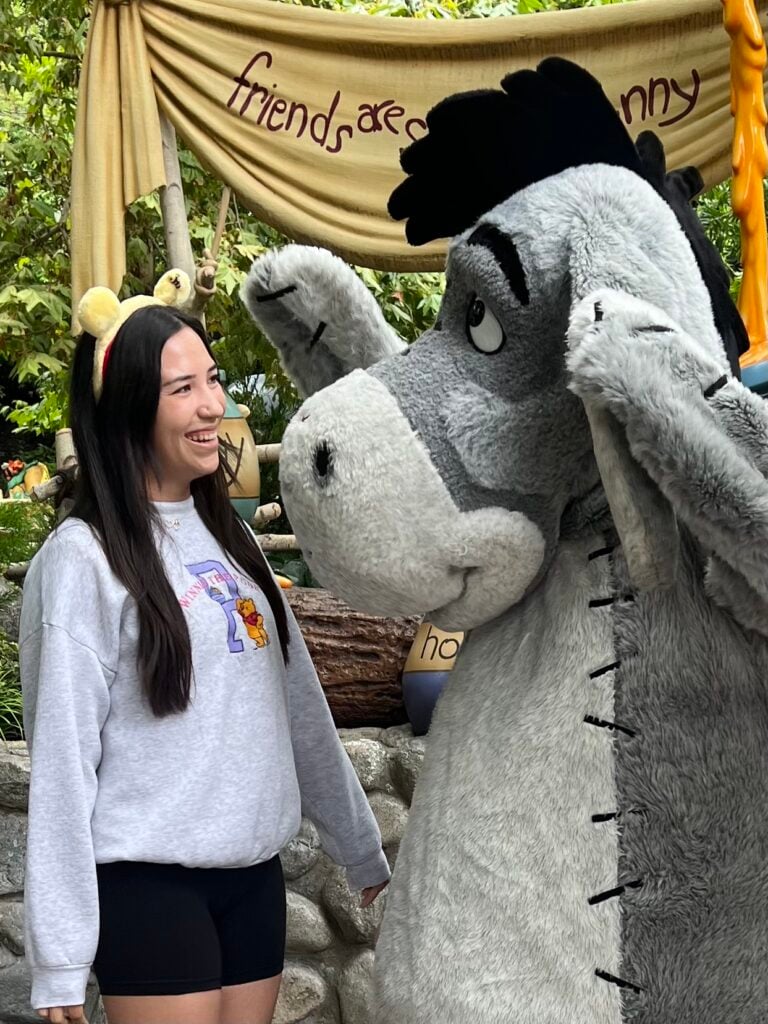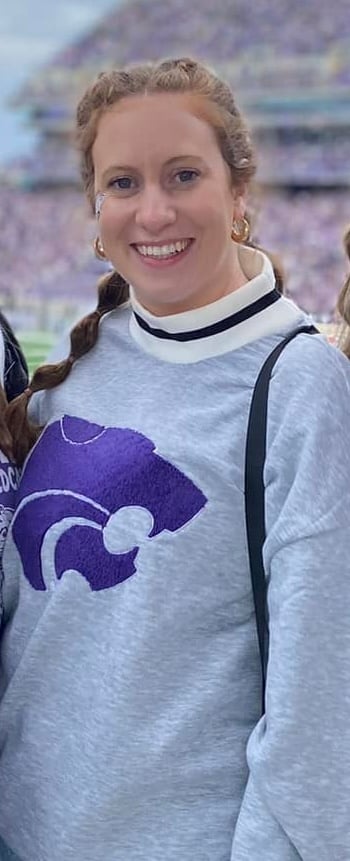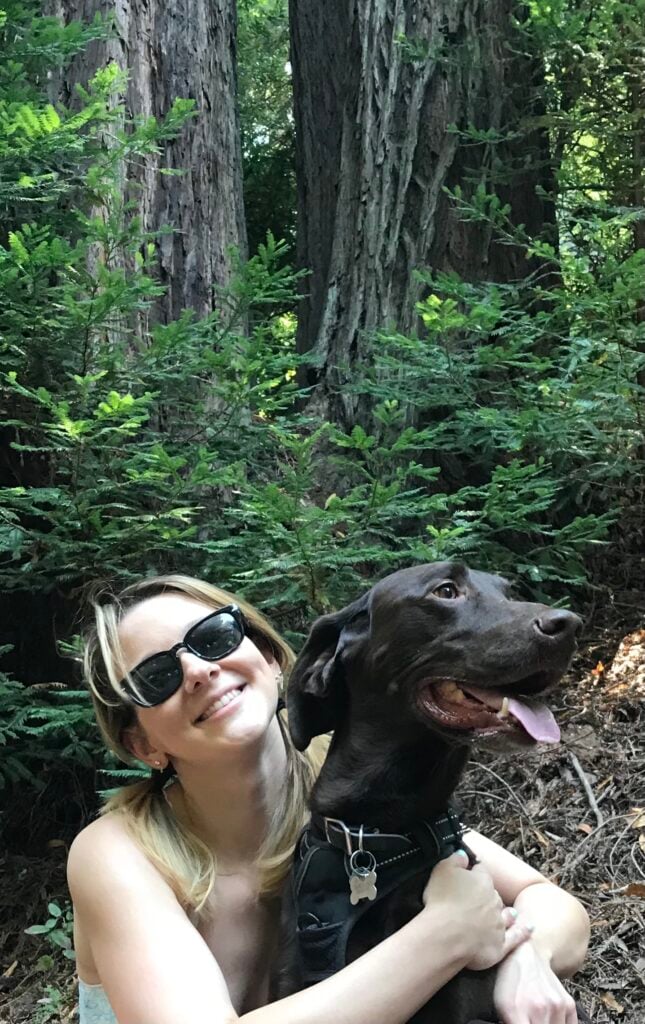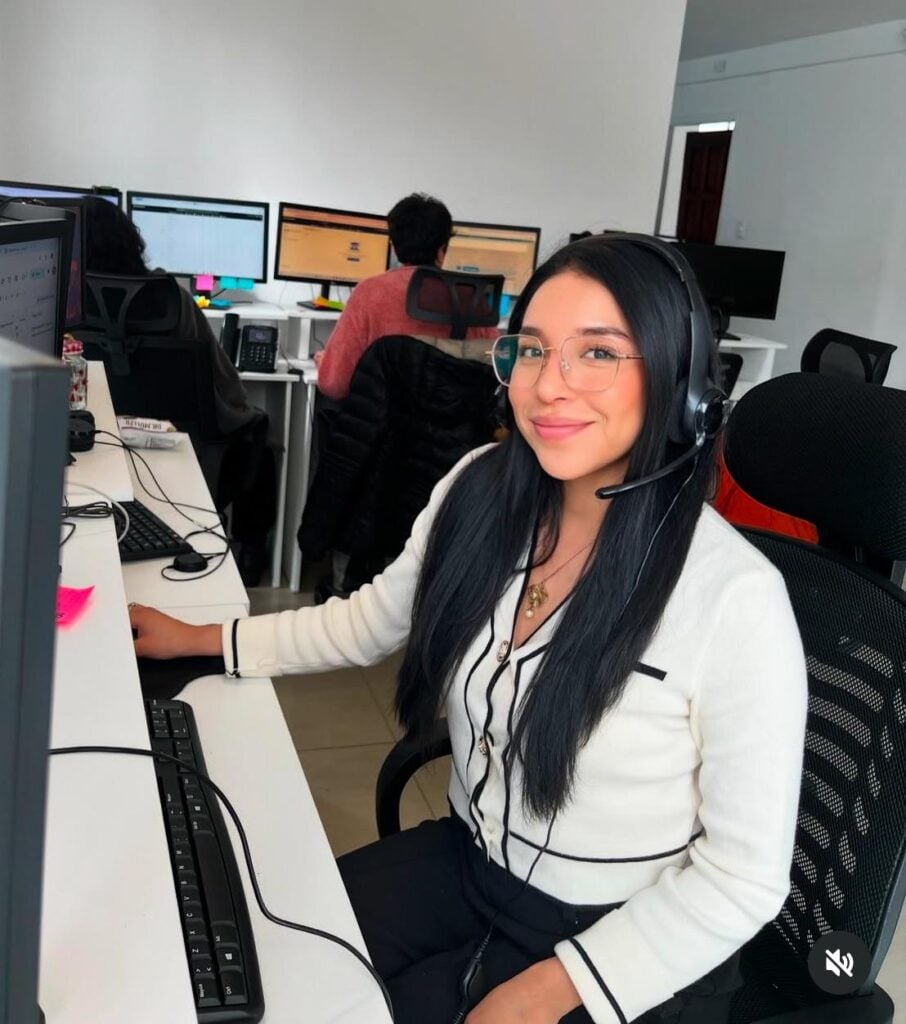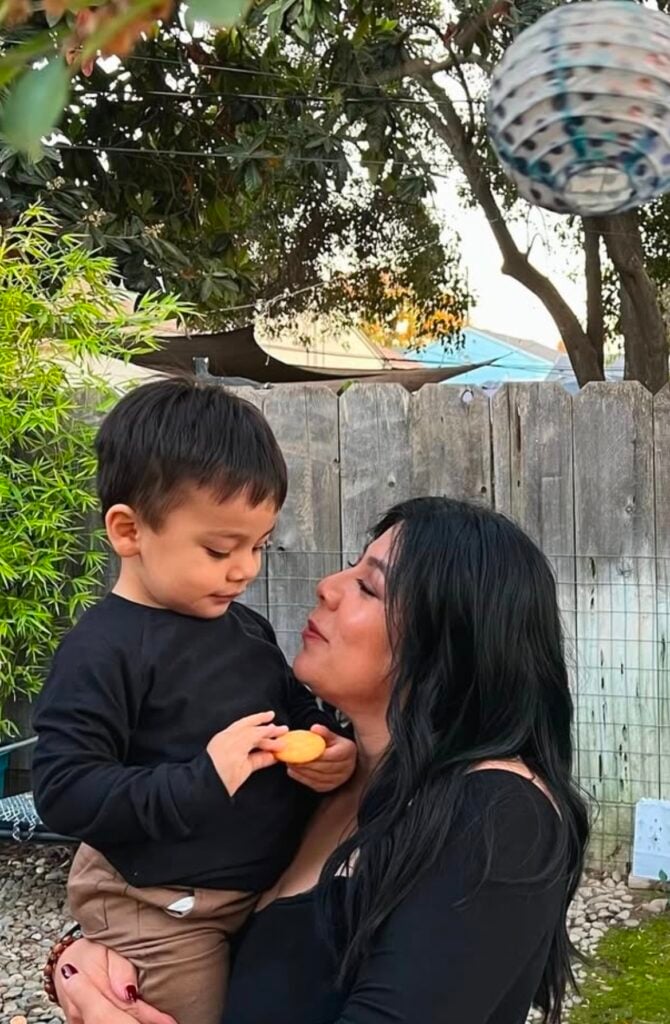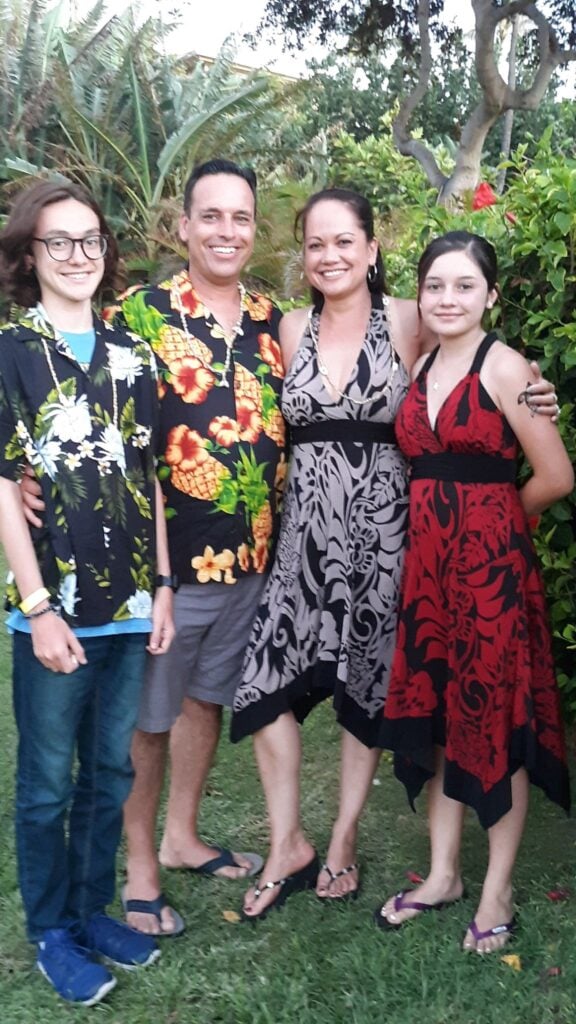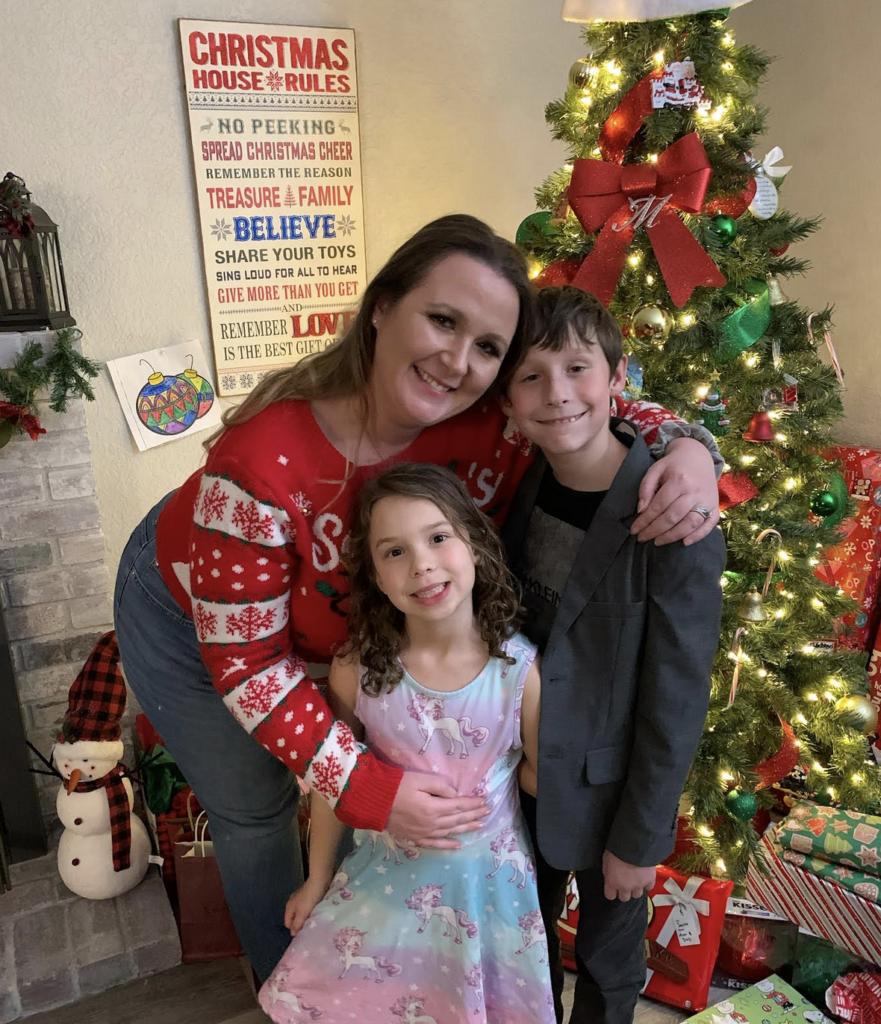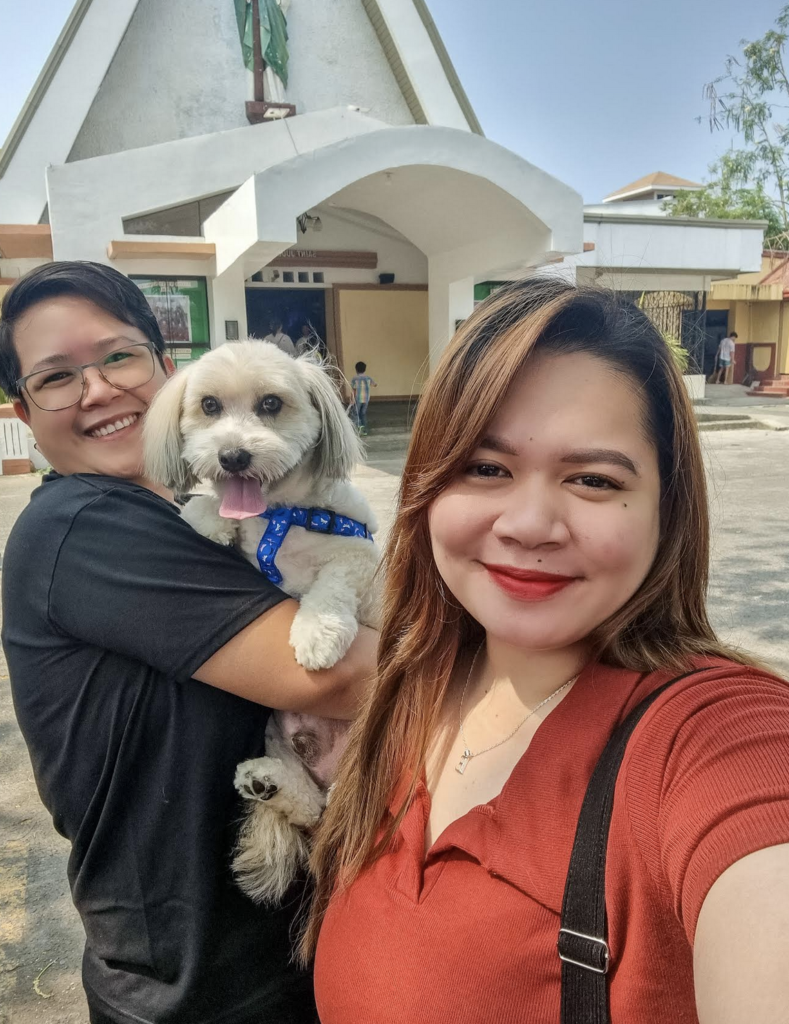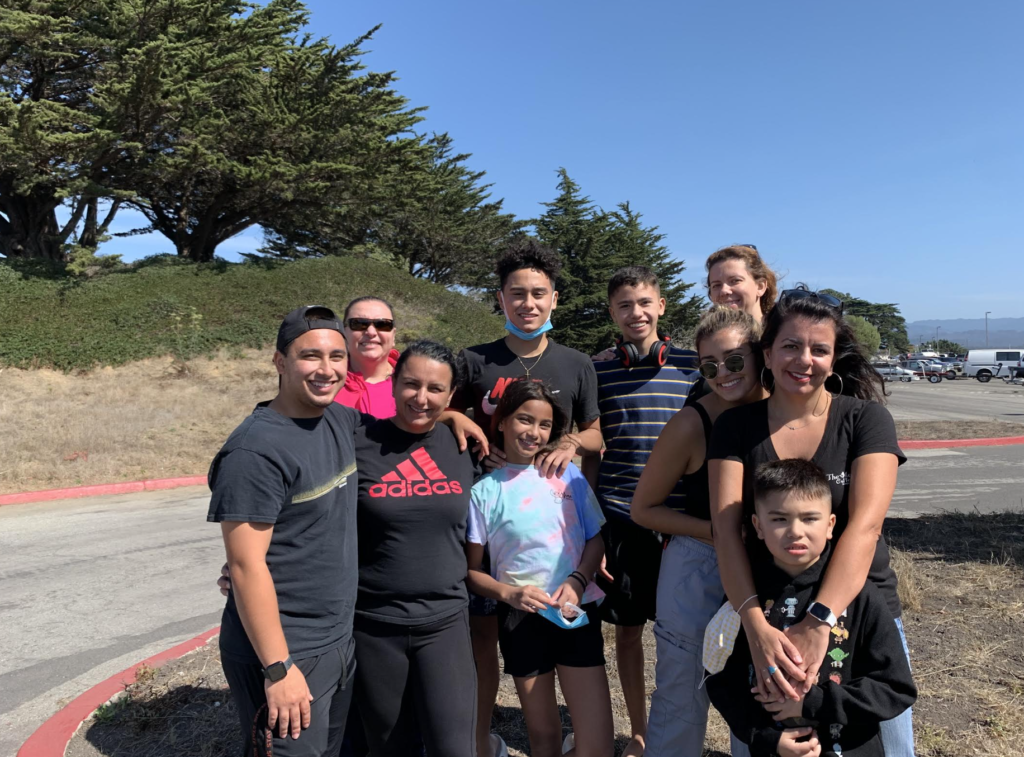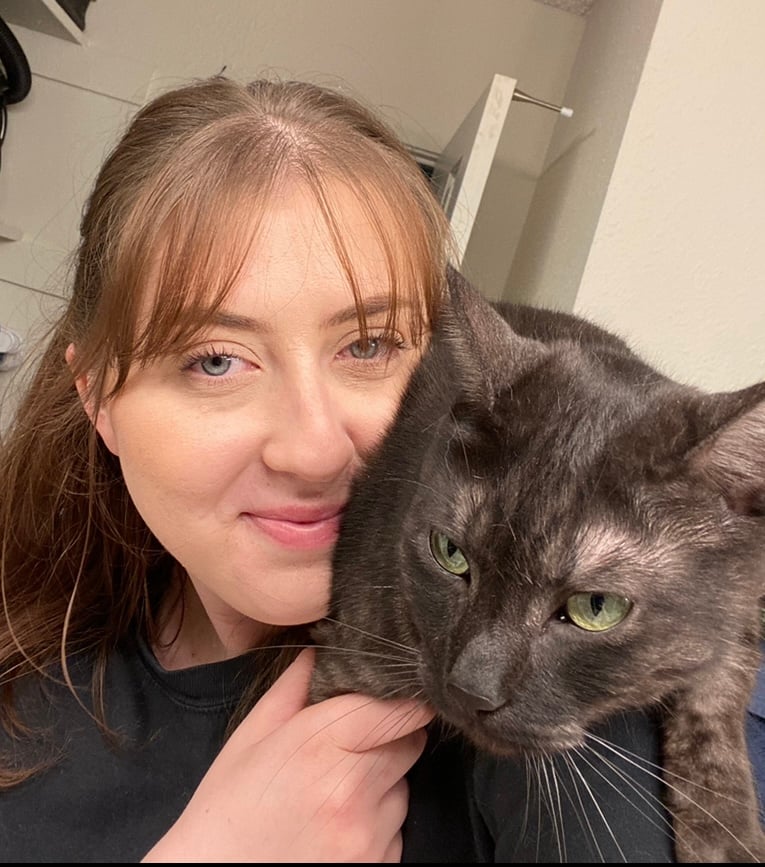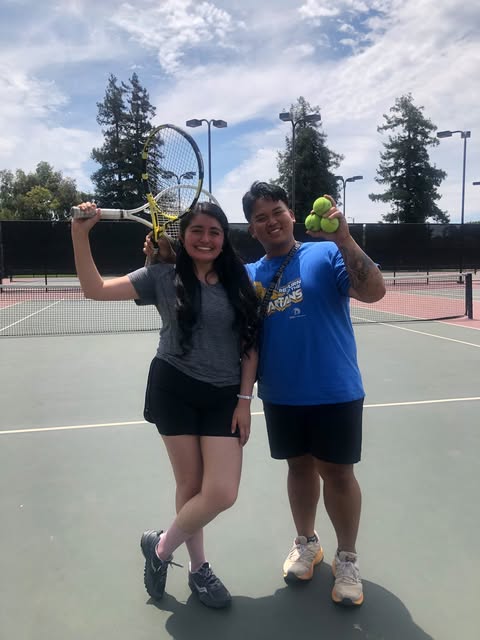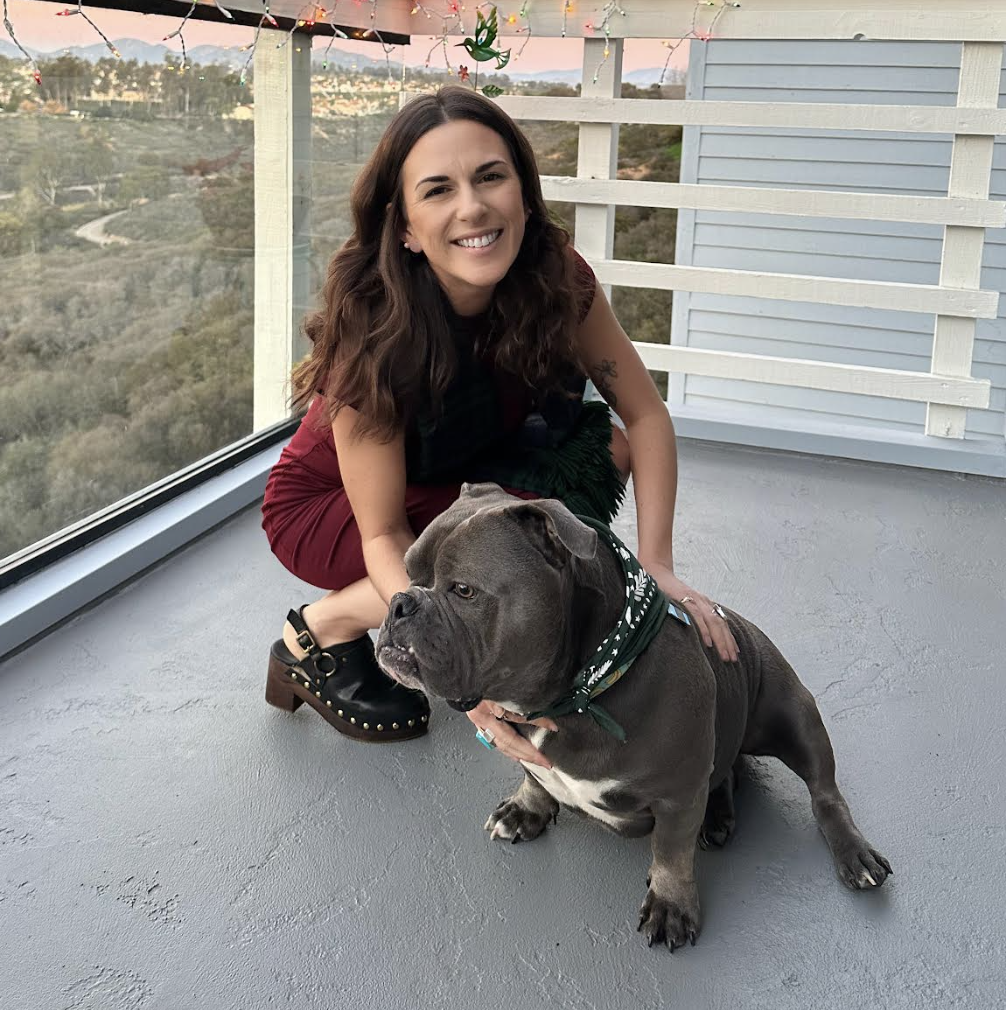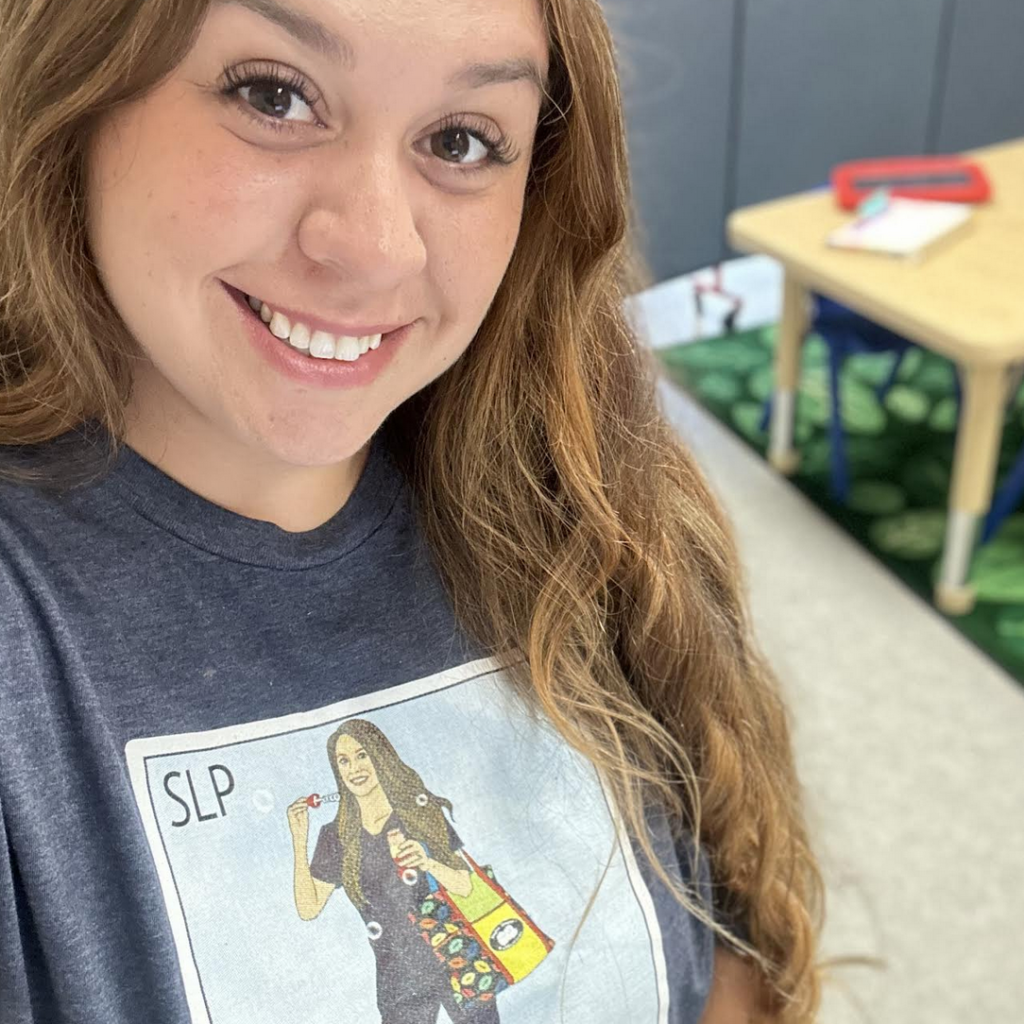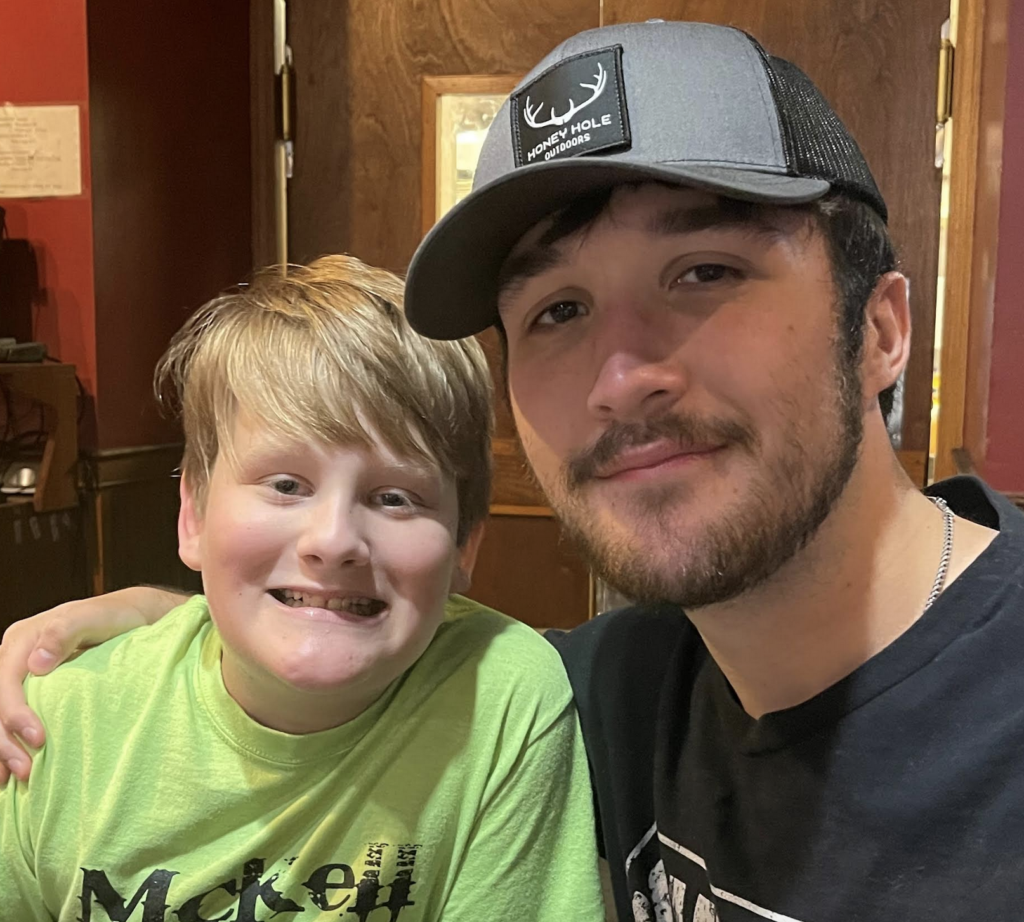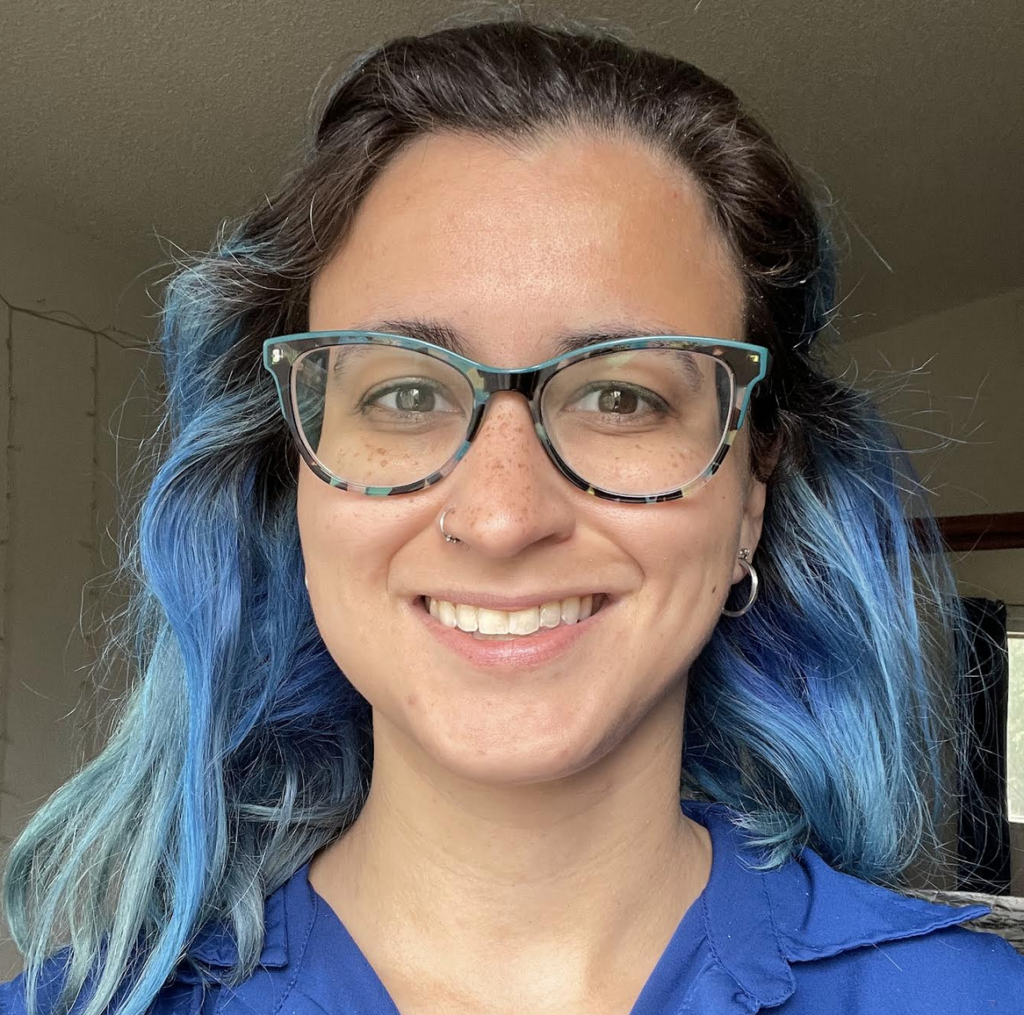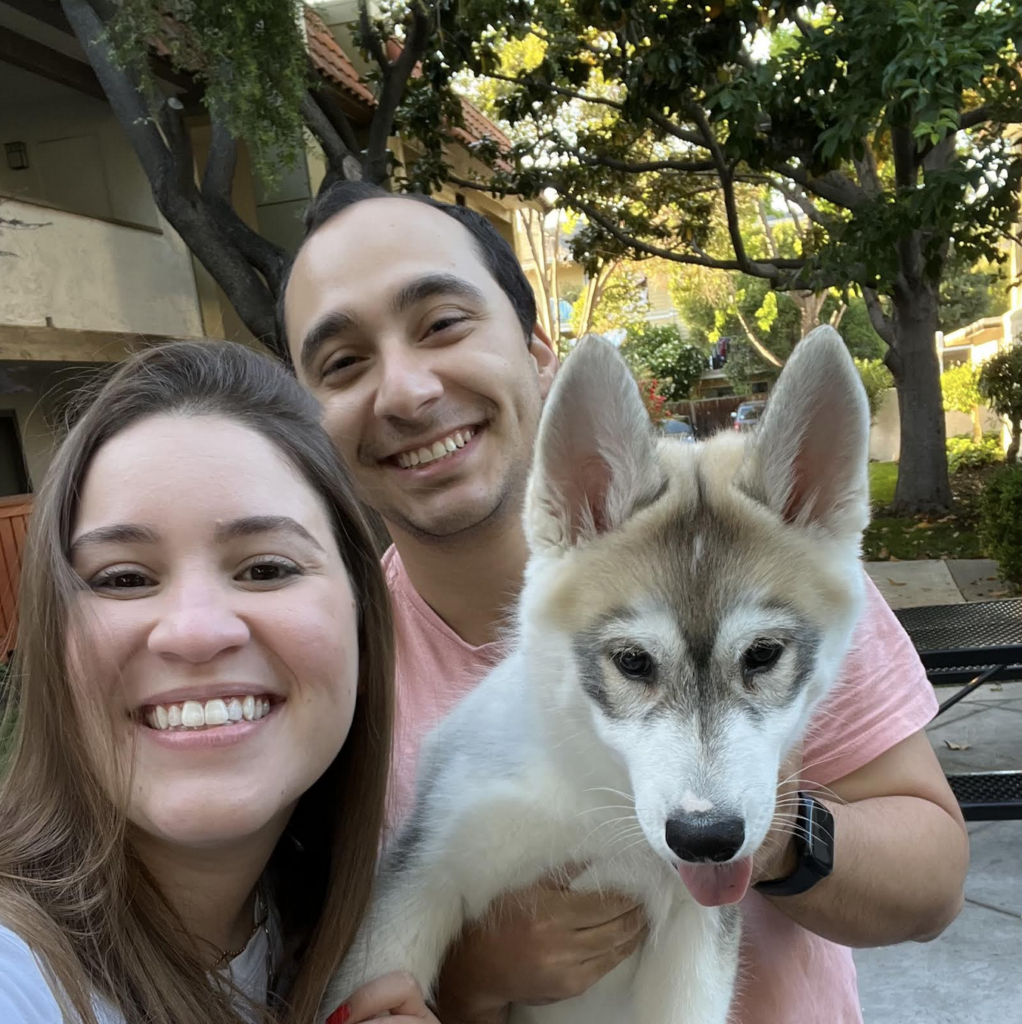It Shouldn’t Hurt to Eat: An Introduction to Feeding and Swallowing Disorders
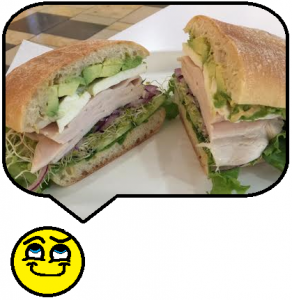
Stop and take a minute to think about eating. How many times a day do you eat? How often are your social gatherings centered around food; breakfast with your family, lunch with friends, dinner and drinks with loved ones? Can you even imagine a birthday party or wedding without cake? Eating is an intricate and enjoyable piece of our everyday lives. Now imagine struggling to eat, or worse, having a child who struggles to eat. This blog is intended to introduce how feeding and swallowing disorders impact a child’s life.
It is estimated that 750,000 children nationwide have severe feeding struggles. For these children eating is extremely painful, dangerous and in some cases impossible. These feeding and swallowing disorders often begin at birth. A premature infant or infant with congenital heart defects, cleft lip and palate, cognitive impairment, lung disease, or other medical complications may be too sick and weak to suck from breast or bottle. To nourish the baby, a tube that runs from the nose to the stomach is placed. This tube, called a nasogastric (NG) tube, is only a temporary fix. Leaving it in too long can cause damage to the baby’s nose and throat. Additionally, when the baby is healthy enough to move around the first thing he is going to do is pull it out. If the baby is unable to master eating by mouth in a few weeks a more permanent feeding tube will be surgically placed in the stomach or intestines.

Babies who spend their first weeks, months, or even years being fed through a tube, are at risk for developing a feeding and swallowing disorder. As the baby grows, her anatomy changes and she out grows the reflexes she needs to learn to eat. She may go for years never putting any food or drink in her mouth, receiving all of her food through her feeding tube. Missing her window of opportunity to naturally learn to eat and dealing with complex medical issues means she will need special instruction to learn to eat, such as feeding and swallowing therapy.
Not all feeding and swallowing disorders begin in infancy nor do all children with a feeding disorder have a feeding tube. Older children with autism, traumatic brain injury, seizure disorders or other medical complications can develop feeding disorders. Eating is a vital function for survival and development. When children are unable to eat, they cannot thrive cognitively, physically, or emotionally.
Children who struggle to eat have to learn the mechanics of eating, such as chewing and swallowing, but they must first learn to feel safe around food. This might seem strange since you’ve probably never viewed a banana as a threat or encountered a child who wouldn’t cross heaven and earth for a piece of chocolate cake. However, enjoying food is not innate, it is learned. We eat because throughout our lives eating has been simple. It makes us feel good and we associate food with pleasure. But for these children eating is difficult work that often ends in pain. They quickly learn to associate eating with pain and become afraid of food. This association is so strong that they will gag when they smell food or throw up when mom says “it’s time for dinner.” Imagine if your child struggled to eat, and every bite became a challenge marred by coughing, choking, gagging, retching, or vomiting. For the families of these infants and children every meal is a battle.
So, how do you teach a child to eat and who can teach them? The most successful treatment involves an interdisciplinary team including a physician, nurse practitioner, medical specialists (such as cardiologists, pulmonologist, etc), nutritionist, social worker, occupational therapists, and speech/language pathologists specially trained in feeding issues, who all work together to address the medical, oral-motor, nutritional, and sensory needs associated with eating. However, this type of treatment is only available in a few areas in the country which means most families will bounce from doctor to doctor and therapist to therapist searching for someone who understands their child’s struggle.
The first step to treatment is making sure the child is medically ready to eat. Problems such as acid reflux, constipation, diarrhea, food allergies, breathing difficulties, complications with their feeding tube and poor postural stability all have to be addressed before starting feeding therapy. Next, treatment focuses on allowing the child to interact with food to become comfortable just being around and touching food. Think about it, have you ever seen a foreign object and thought ‘That looks scary. I’m not picking that up with my hands, I’ll grab it with my mouth instead.” NO. A child who has learned to fear food must be given opportunities to become comfortable with food; first just being in the room with it, then sitting next to it, then touching it, and so on until he is able to put it in his mouth. After he feels safe around food, treatment begins to address the mechanics of eating (chewing, swallowing, using utensils, etc.). Next, he must be able to eat enough food by mouth that he is able to grow and thrive. The last step of treatment is helping him learn to love a variety of tastes and textures.
These are the general steps of feeding therapy and they are much easier said than done. For most children each step will take months and even years to master, with their progress and health waxing and waning along their journey to enjoying food. Children with feeding difficulties have to fight for some of our simplest yet greatest pleasures in life; breakfast with family, lunch with friends, dinner with loved ones, a slice of their own birthday cake.
We would love to hear your experiences and stories with Feeding and Swallowing Disorders, please comment below!
For more information on the Feeding and Swallowing Disorders, check out the services we offer!
Please see our feeding page.
Still craving even more information on Feeding and Swallowing Disorders?
Below are some great sources of information. 👇
Thanks again for reading about Feeding and Swallowing Disorders!
Jennifer A. Lewis, MS, CCC-SLP

